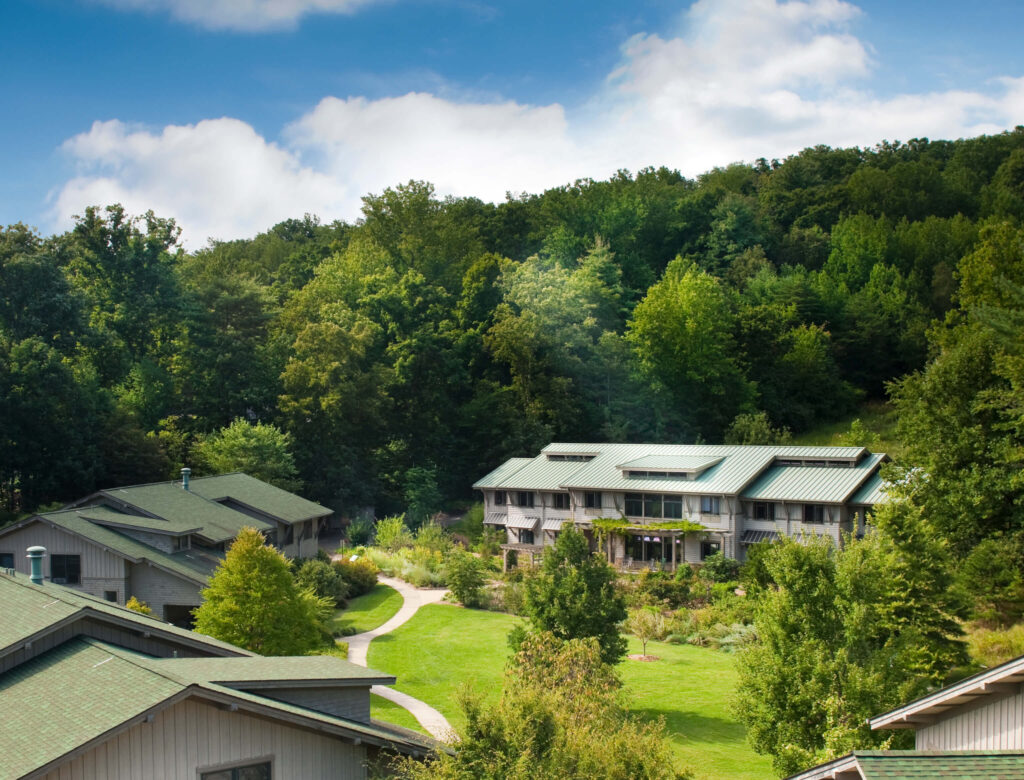November 24, 2020 | Posted In: Blog, Newsletters
Spring of 2020 was an eerie time. Faced with a deadly and novel virus, America’s 5,300 colleges and universities dealt with the difficult decision of closing campuses. Quads once-filled with frisbee-throwing students were deserted. Dormitories and other large buildings sat in silence, home to only essential staff and luxuriating insects.
COVID poses a financial threat not just to institutions of higher learning but businesses that offer us a place to eat, sleep, and live. Our food, what we can touch, common spaces, social gatherings, incomes to pay rent, and taking up residence have all become more complicated. Unfortunately, just because a building is vacated or at a lower occupancy, it does not mean electricity costs disappear. Simply keeping the mold at bay requires use of filtration and ventilation, which require a lot of energy. Universities, for example, pay a lot of money to keep their grounds maintained and buildings from falling into disrepair.
“…on average, colleges and universities in the United States use 17 cubic feet of natural gas per square foot and 18.9 kWh of electricity. Higher-education buildings that are typically around 50,000 square foot can use well over $100,000 of energy annually! Dormitories or residences are no exception (Electric Choice).”
To cut these costs, it is essential to reduce a building’s environmental footprint. A shining example is the EcoDorm at Warren Wilson College (WWC). WWC has 45 campus buildings, five of those are LEED Certified. The EcoDorm was completed in 2003 and houses 36 out of approximately 700 undergraduate students. It saves the college $8,765 in energy savings annually.

View of EcoDorm courtesy of Samsel Architects
WWC’s EcoDorm is an important step forward. Thanks to this and other energy-efficiency initiatives, WWC has saved big. Mary Bates, Associate Director of Public Relations explains big steps forward the college has taken: “We’ve reduced our greenhouse gas emissions by 18% in the past five years, and we divert two-thirds of our waste from the landfill.”
- They reduced their electric use on campus during 2015-2019 by 255,380 kilowatt hours per year. But what does that mean in terms of savings? According to the Energy Information Administration, the average electric rate for the state of North Carolina is 11.24¢ / kWh. If WWC is paying somewhere around the average rate, they would be saving $28,705 per year thanks to their reduction in electricity use (the average home in North Carolina uses 13,176 kWh per year, a value of $1,480.98). That’s $114,820 of savings over a four year period!
- They improved the aging HVAC systems on campus and the college’s use of energy per square foot of building space dropped by 32% in annual expense.
- They are diverting about two-thirds of their campus waste from the landfill. This is thanks in large part to the college’s efforts to compost food waste campus wide, resulting in big savings on landfill disposal costs.
WWC is one of eight colleges and universities in Buncombe County. In addition to these schools, there are dozens of businesses focused on providing people with a place to eat, sleep, or live–condominiums, senior housing, retreat and rehabilitation centers, restaurants, and hotels. If more buildings follow the example of the EcoDorm to reduce waste and energy usage, they can be prepared and bounce back from disasters like COVID.
Look into energy efficiency options. For those in the Asheville area, reach out to Blue Horizons Project to learn more about specific rebates and offers, such as Duke Energy’s Energy Design Assistance, Smart $aver Rebates, Small Business Energy Saver, Solar Rebates, and Waste Reduction Partners free energy audits.
During the pandemic, you might consider additional strategies to reduce energy costs, such as setting back temperatures, reducing outside air flow to non-occupied areas, turning off non-essential local exhaust fans, and disabling parking lot lighting except as needed for security. Our buildings can play a part in redirecting resources to critical facilities and saving us money.
Western North Carolina is working to make itself stronger and more efficient. Both the City of Asheville and Buncombe County have goals to power all municipal operations with renewable energy by 2030 and have adopted a community-wide goal that the entire county to be powered by renewable energy by 2042 (City of Asheville, “Sustainability”). If we want to go green, we must follow WWC’s example of one of the paths that will get us there.
